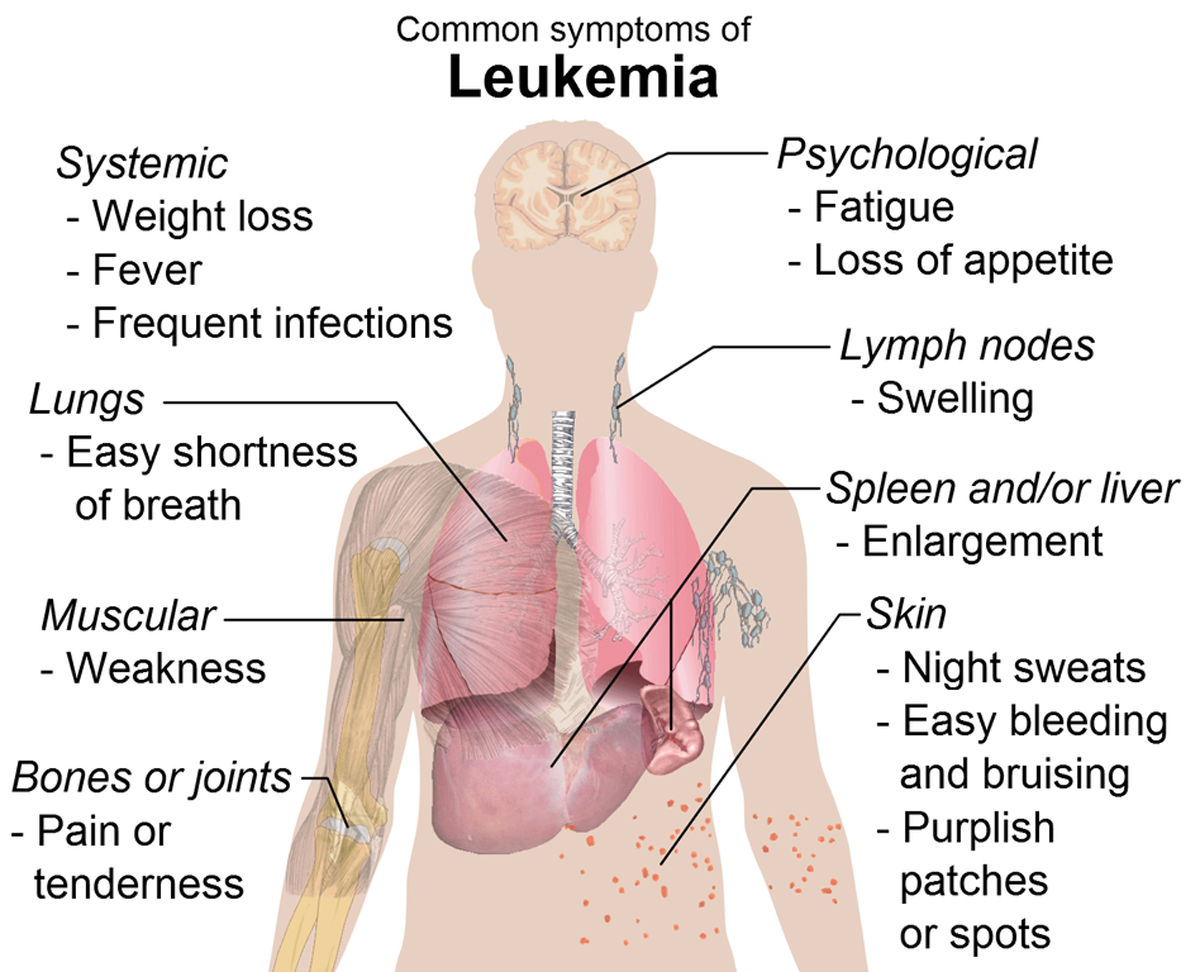Table of Contents
Cancer is the consequence of an alteration at the level of the cellular DNA. The alteration can be hereditary or can be caused for example by UV rays or other environmental factor. These alterations, also known as mutations, are specifically located in genes that control the proliferative capacity of the cells, making them immortal. Mutated cells can proliferate without control and so, they start forming tumors, or masses of abnormal cells, which cause normal cells to die and tissue damage, among other complications.

Abnormal cells in the blood
Blood cancer is a bit different though.
A normal bone marrow is full of stem cells that grow and reach a mature state while living there. When they reach maturity, these cells are released into the bloodstream as red blood cells, white blood cells and platelets. Red blood cells are in charge of transporting oxygen from the lungs to every single organ in our body; white blood cells are part of the immune system and help it battle against infections; platelets participate in the formations of clots during the coagulation cascade.
These cells do not function as they normally do, putting at risk the life of the patient, since the oxygen transport, the immune system and the coagulation system get compromised. These cells also tend to accumulate in certain organs, because they are circulating in abnormally high numbers through the bloodstream. Accumulation of the cells also alters the function of the organs where they get stuck, which are usually the spleen and the liver.
Types of blood cancer
There are several forms of blood cancers, depending on the type of blood cell that is affected. Myeloma is characterized by the proliferation of abnormal plasma cells, which are the ones in charge of producing antibodies that target and flag disease causing agents so that the immune system can identify them.
Lymphoma affects the lymphatic system. This system is the one in charge of draining excess fluids from the body and also participates in the production and maturation of immune cells.
See Also: Hodgkin's Vs Non-Hodgkin's Lymphoma: Differences
Finally, leukemia is also a type of blood cancer, which differs from myeloma and lymphoma in the types of bone marrow cells that are affected and the presentation of the disease, although most of the times, the symptoms may be similar to each other.
- Photo courtesy of Mikael Häggström by Wikimedia Commons: commons.wikimedia.org/wiki/File:Symptoms_of_leukemia.png
- Photo courtesy of Thirteen Of Clubs by Flickr: www.flickr.com/photos/thirteenofclubs/5474258803

